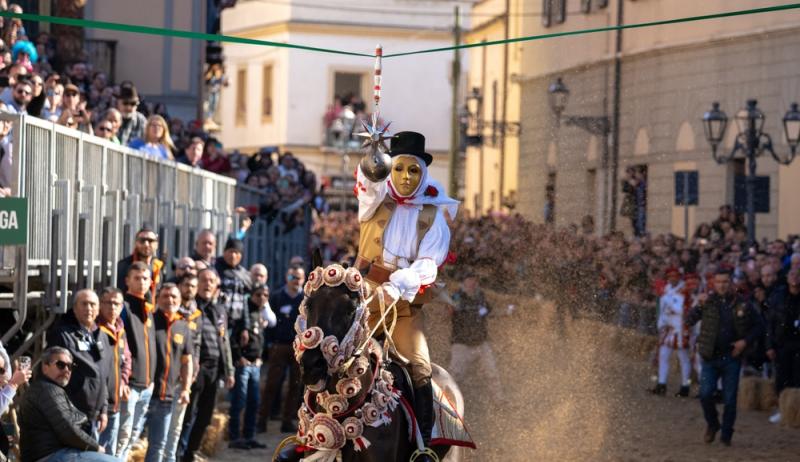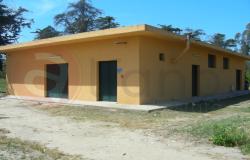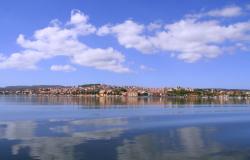Unmasking Sa Sartiglia, Sardinia’s Carnival-Season Race to the Star

Ed.: This article was originally published in 2024 and has been lightly updated to reflect the 2025 dates.
Genderless masked demigods in 16th-century ceremonial garb, terrifying feats of horsemanship, bystanders munching on sugary fried treats, and one coveted tiny tin star: This is sa Sartiglia di Oristano, the island of Sardinia’s strangest and most exuberant event of Carnevale season.
For more than six centuries, the town of Oristano — located in the central-wester
You may also be interested in...
Latest property in Sardinia
285 m²
0 Bedrooms
245000
What to do in Sardinia
Walking Tours, Tour Operator, Tours





